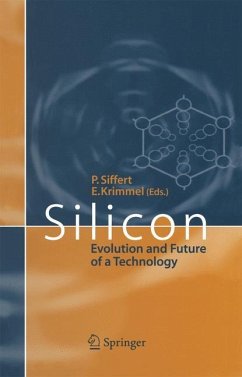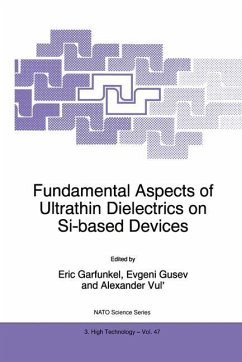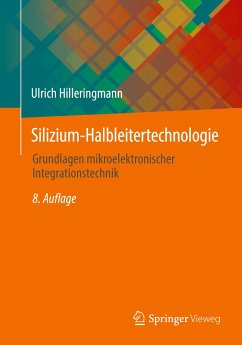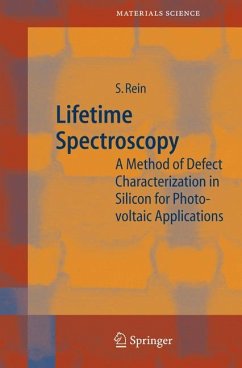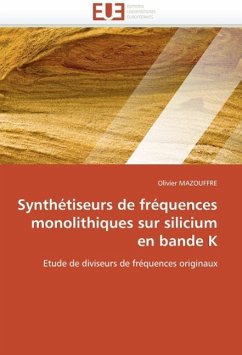
Silicon
Evolution and Future of a Technology
Herausgegeben: Siffert, Paul; Krimmel, Eberhard

PAYBACK Punkte
58 °P sammeln!
With topics ranging from epitaxy through lattice defects and doping to quantum computation, this book provides a personalized survey of the development and use of silicon, the basis for the revolutionary changes in our lives sometimes called "The Silicon Age." Beginning with the very first developments more than 50 years ago, this reports on all aspects of silicon and silicon technology up to its use in exciting new technologies, including a glance at possible future developments.
Silicon. The evolution and development of humanity are commonly charac terized by the key words Stone Age, Bronze Age, and Iron Age; that is, characterized by materials. Curse or benefit to mankind? The discovery and utilization of semiconductors, particularly of silicon, revolutionized our liv ing conditions, society, social life, and maxims in a few years, even more than what happened during all the material-specified periods before. Per haps, one day, our descendants will call the period at whose beginning we live the Silicon Age. However, to be correct, the present period is character ized of the discovery and development of a whole bunch of new materials and their utilization. These materials are new alloys, ceramics, the plastics and synthetics produced by organic chemistry, composites, biomaterials, and the materials of microelectronics, nanotechnology, and space science. The materi als of microelectronics are silicon, other elemental semiconductors, compound semiconductors, and organic semiconductors. With regard to the interdepen dences of these materials and their utilization, silicon plays a central role as one of the base materials for electronics. Have we lived in the Silicon Age for only half a century and already jumped into a new age of synthetic organic materials for electronics? We do not know. The first intensive work on silicon started more than 50 years ago. One of the European semiconductor laboratories was installed by the industry in a centuries-old, little countryside castle in Pretzfeld, in the north-east of Bavaria, Germany.





